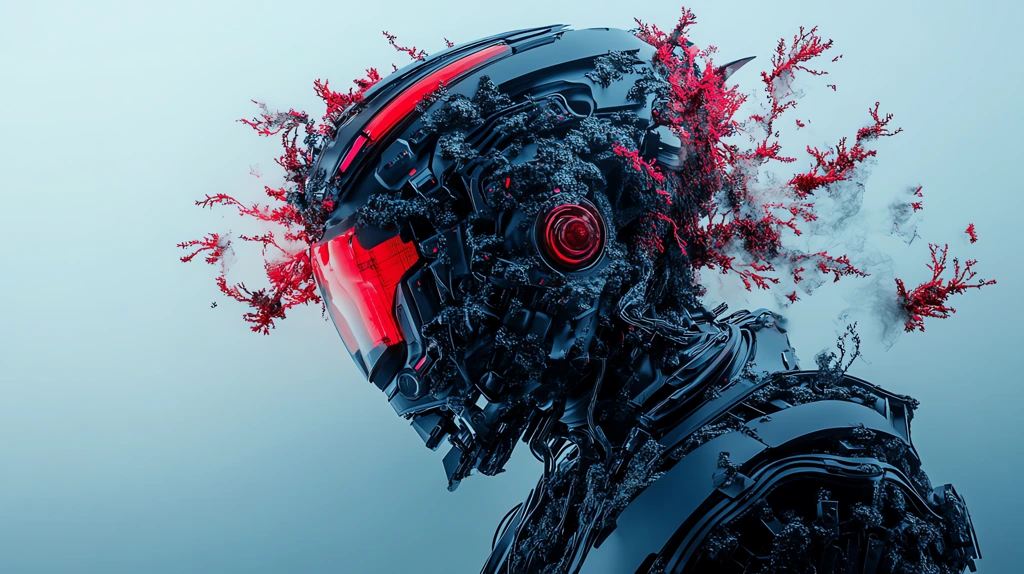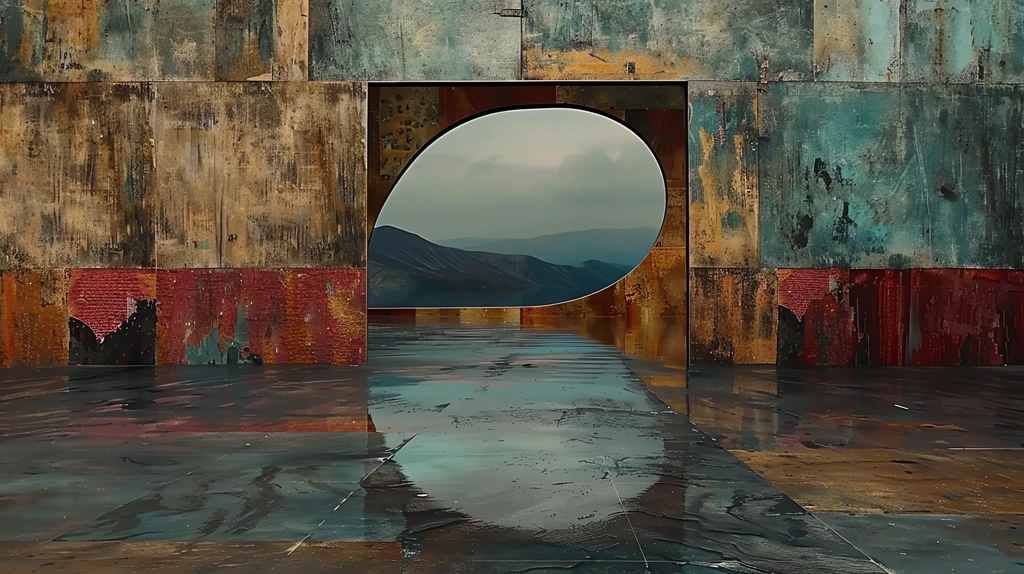4K Desktop Wallpaper
Resolution: 3840 x 2160 pixels
Aspect Ratio: 16:9
File Format: JPG
In the ever-evolving landscape of technology, the fusion of nature and high-tech innovation continues to inspire awe and creativity. One of the most captivating manifestations of this union is the development of robots wearing exoskeletons crafted from coral reefs. Imagine a sleek, high-performance machine seamlessly integrated with elements that echo the delicate intricacies of marine life, reflecting both a commitment to sustainability and a vision of futuristic design.
At first glance, the concept may seem worlds apart, merging the mechanical precision of robotics with the organic beauty of coral structures. However, this blend of high-tech advancements highlights the potential for renewable materials in tech design. Coral reefs, often described as the “rainforests of the sea,” are not only astonishing ecosystems but also offer unique structural properties that can be utilized in robot exoskeleton design. Their resilience and lightweight characteristics make them ideal candidates for applications requiring both strength and flexibility.
Visually, this marriage of bone and beauty creates an extraordinary aesthetic—think of high-tech machines adorned with an organic texture, where each contour reflects the intricate patterns found beneath the waves. The exoskeleton, inspired by coral formations, showcases a techno-chic design that appeals to both engineers and artists alike. Imagine this seamless integration as a stunning desktop wallpaper in 4K resolution, where the robot is set against a backdrop of vibrant ocean blues and greens, highlighting the connection between technology and the natural world.
The idea of utilizing coral reefs for such innovative purposes leads to exciting possibilities in terms of sustainability. With the global push towards reducing plastic and other environmentally harmful materials, robotics engineers are exploring biodegradable options that not only minimize ecological footprints but also inspire a new era of design. When they combine eco-friendly materials with advanced robotics, the result is not only functional but visually striking.
Moreover, robots equipped with these coral-inspired exoskeletons could serve a multitude of purposes—from environmental monitoring and preservation efforts within marine ecosystems to assisting in underwater construction projects. They can navigate coral environments with care, collecting data and performing tasks without causing significant disruption to the habitat. With technology evolving at such a rapid pace, it’s not far-fetched to envision these robots becoming pivotal players in oceanic conservation efforts around the globe.
This synergy of coral biotechnology and robotics aligns beautifully with the principles of biomimicry, where innovations are inspired by nature’s designs and processes. By studying coral formations and other natural elements, researchers can create robots that are not only effective and efficient but also harmoniously integrated into their environments, minimizing human impact on delicate ecosystems.
The upcoming era of robotic technology invites us to ponder new intersections between art, environment, and innovation. Picture your workspace adorned with a breathtaking 4K desktop wallpaper, showcasing a robot utilizing an exoskeleton derived from coral reefs. This visualization invokes deeper thoughts about how we can embrace technology without sacrificing the health of our planet. It paints a vivid picture of a future where cutting-edge technology works hand-in-hand with nature, celebrating a world where sustainability is not an afterthought but a foundational principle.
As we delve deeper into this realm of possibilities, the potential applications of such technology only seem to expand. Enhanced mobility for disabled individuals using biocompatible exoskeletons, research assistants among ocean depths, and innovative architectural designs that pay homage to the beauty of coral life are just the tip of the iceberg. However, it is crucial to proceed with caution, ensuring that the materials derived from the ocean are sourced responsibly, fostering a balanced relationship between tech advancement and ecological preservation.
In conclusion, envisioning robots with exoskeletons fashioned from coral reefs encapsulates the essence of a future where technology is intimately connected with the natural world. This extraordinary concept embodies a high-tech and wealthy mix of ingenuity and design that challenges us to rethink our relationship with the environment. As we move forward, let us continue to seek inspiration from nature, aiming to create a sustainable and aesthetically pleasing future—one where our innovations enhance the beauty and health of the world around us.















